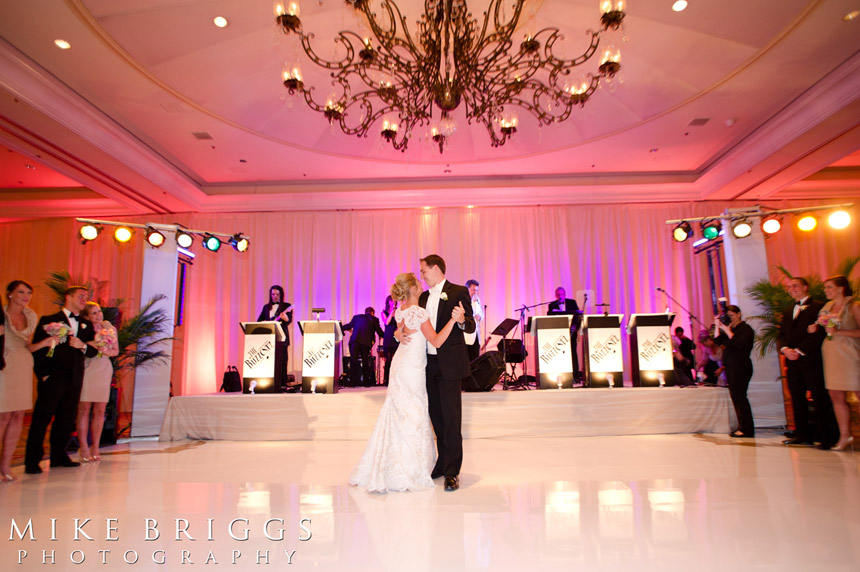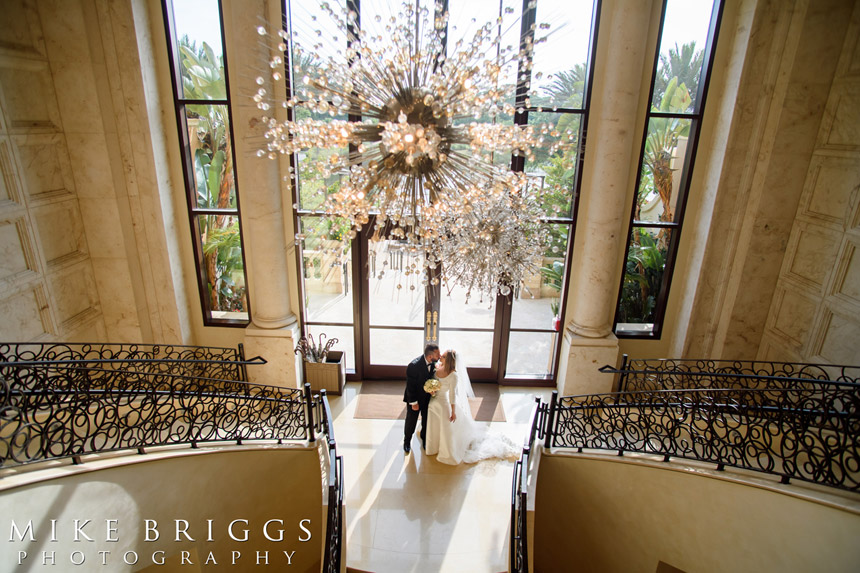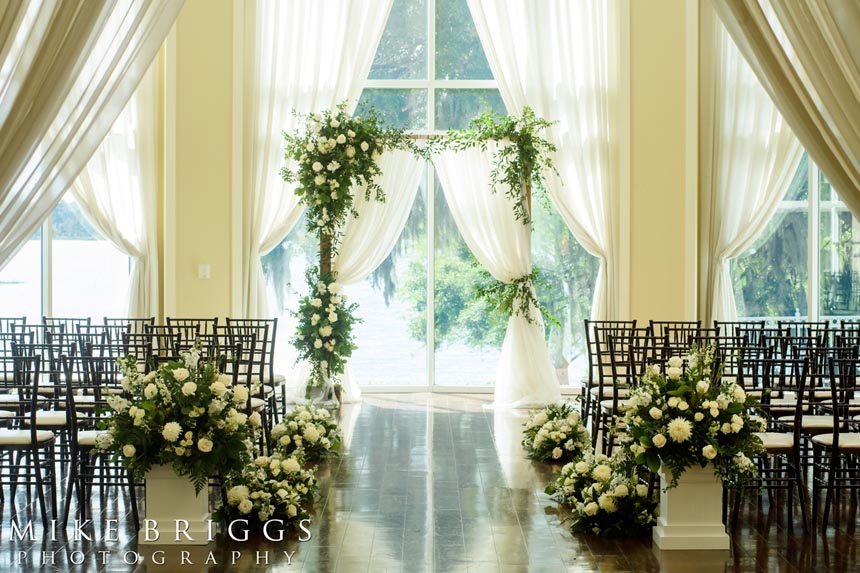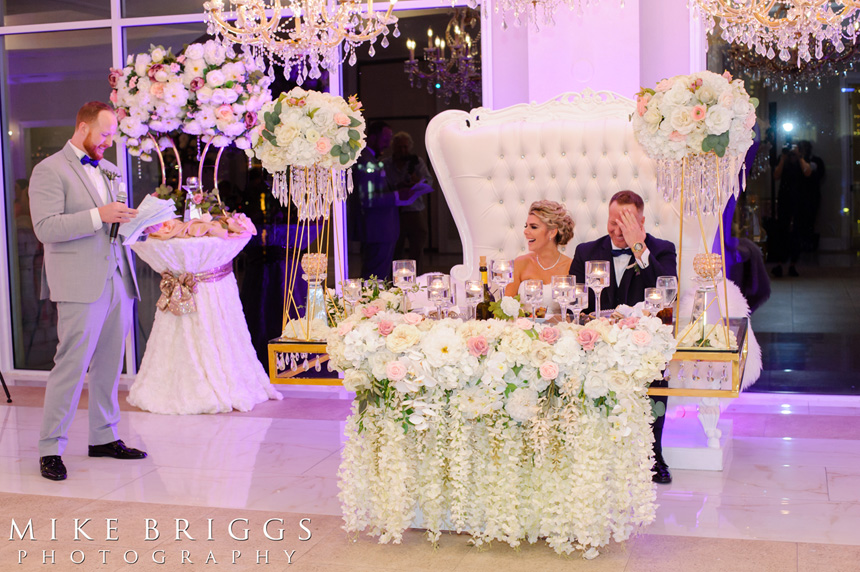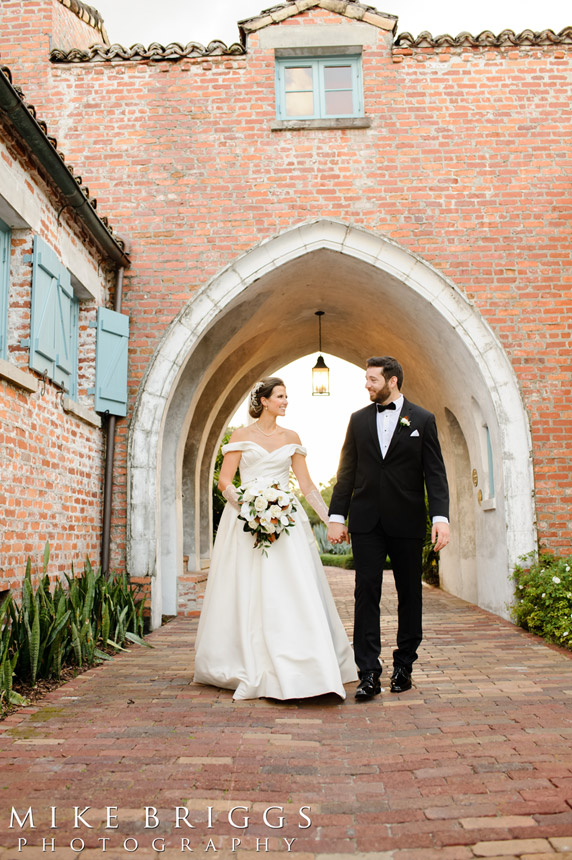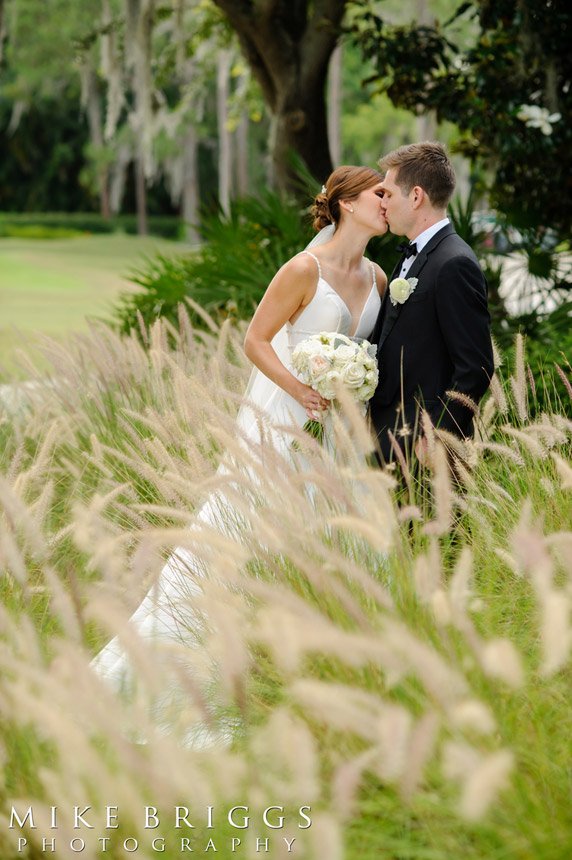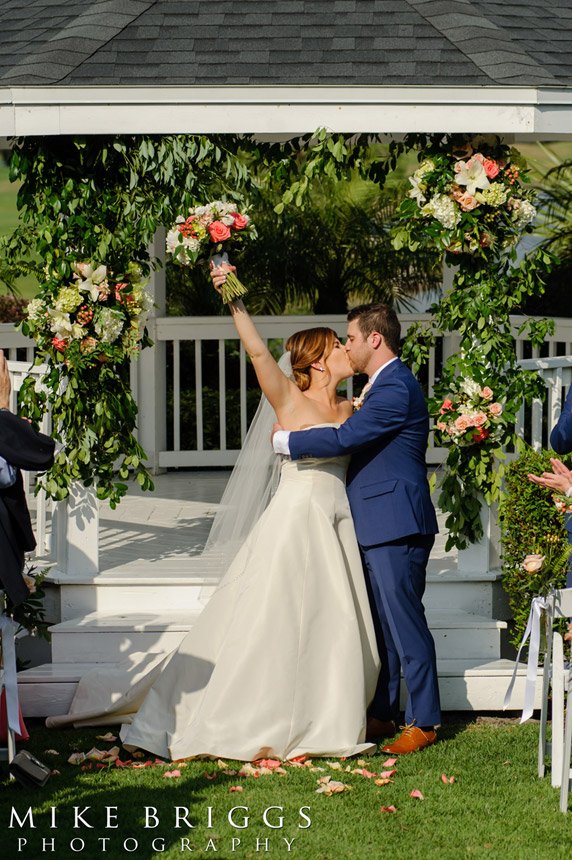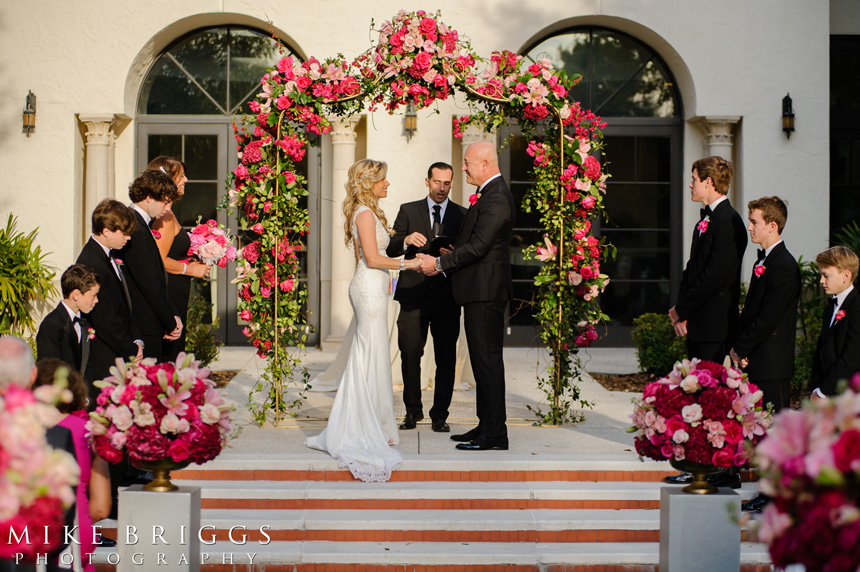
Who Pays for What in a Wedding: Your Ultimate Guide
Planning a wedding involves a lot of decision-making, but one of the most common (and often stressful) aspects is determining who pays for what. Weddings are beautiful celebrations of love, but they also come with financial responsibilities that can cause confusion for many couples. Traditional guidelines exist, but these days, modern couples often forge their own paths based on individual circumstances and preferences.
In this guide, we’ll break down the traditional expectations of who pays for what in a wedding, while also considering modern variations. Whether you’re a bride, groom, or part of the family, these tips will help you navigate the financial landscape of your big day.
What is the Groom’s Family Supposed to Pay For?
Traditionally, the groom’s family has specific financial responsibilities, though expectations may vary depending on the couple’s cultural or personal preferences. Historically, the groom’s family covers:
- The rehearsal dinner: The night before the wedding, the groom’s family typically hosts and pays for this event. This includes the venue, food, and any entertainment.
- Marriage license and officiant’s fee: The groom or his family is traditionally responsible for covering the cost of obtaining the marriage license and paying the officiant for performing the ceremony.
- The bride’s bouquet: The groom or his family often pays for the bride’s bouquet, which she carries during the ceremony.
- Corsages and boutonnieres: These are small floral arrangements worn by the bridal party and close family members.
- Honeymoon: In many cases, the groom’s family also contributes to or fully covers the cost of the honeymoon, depending on family traditions or agreements.
However, in modern weddings, many couples choose to split these costs or cover them themselves. Open communication is key to understanding and agreeing on financial responsibilities.
Who Traditionally Pays for What in a Wedding?
Traditionally, financial responsibilities in a wedding were divided between the bride’s family, the groom’s family, and the couple. Here’s how the breakdown typically worked:
- Bride’s family: Historically, the bride’s family covered the bulk of wedding expenses. This includes the wedding ceremony, reception venue, catering, and décor.
- Groom’s family: As mentioned earlier, the groom’s family would traditionally cover the rehearsal dinner, some floral arrangements, the officiant, and the honeymoon.
- The couple: The bride and groom often paid for their personal attire, such as the wedding dress, tuxedo, and gifts for each other. The groom was also responsible for the engagement ring.
While these traditions are still followed by some, more couples are opting for shared costs, especially as many couples are financially independent or come from diverse family backgrounds.
What Do Brides’ Parents Pay For?
In traditional wedding settings, the bride’s parents were responsible for the majority of the expenses. Their contributions usually covered:
- The wedding ceremony: This includes the venue, flowers, music, and officiant (if the groom’s family isn’t covering the officiant).
- The reception: The bride’s family typically pays for the reception venue, catering, beverages, décor, and entertainment, including the DJ or live band.
- The bride’s attire: Often, the bride’s family pays for the wedding dress and accessories.
- Invitations and stationery: From save-the-dates to thank-you cards, the bride’s family traditionally handles all paper goods.
- Transportation: If transportation is needed for guests or the couple to and from the ceremony, the bride’s family usually covers these costs.
In today’s more flexible landscape, these traditions are not always adhered to strictly. Many couples choose to split these costs or cover certain aspects themselves based on their financial situation.
Do Couples Pay for Their Wedding?
More and more, couples are opting to take financial responsibility for their wedding. This trend is particularly common for couples who are getting married later in life, have established careers, or wish to maintain autonomy over their wedding decisions. When couples pay for their own wedding, they generally cover everything from the venue and catering to their personal attire and even the honeymoon.
While it may seem daunting to cover all the expenses, many couples prefer to save for the wedding they envision rather than relying on family contributions that may come with expectations or conditions.
Who Pays for Alcohol at a Wedding?
Alcohol is often one of the biggest expenses at a wedding, especially if you plan to have an open bar. Traditionally, the bride’s family would cover the cost of alcohol along with the reception. However, modern couples sometimes take this on themselves or share the cost with their families.
If you’re concerned about the price of alcohol, there are a few options to consider:
- Cash bar: Guests pay for their own drinks. This option is less common but can significantly reduce costs.
- Limited bar: You can offer a selection of beverages, such as beer, wine, and a signature cocktail, rather than a full open bar.
- BYOB: Some venues allow you to bring your own alcohol, which can save a significant amount of money if purchased in bulk or from a discount retailer.
Discuss with your family and partner what makes the most sense for your wedding and budget.
Who Pays for the Wedding Reception?
Traditionally, the bride’s family was expected to cover the costs of the wedding reception, including the venue, catering, entertainment, and decorations. The reception often represents the largest portion of the wedding budget, and in many modern weddings, couples and both families may opt to share these costs.
In some cases, the groom’s family may offer to contribute financially, particularly if the guest list is larger due to more invitees from the groom’s side. Alternatively, couples may choose to host and pay for their own reception to avoid placing too much financial burden on either family.
At What Age Do Parents Not Pay for a Wedding?
There is no set age at which parents are no longer expected to contribute to a wedding, but generally speaking, the older the couple, the more likely they are to pay for their own wedding. Couples in their 30s and 40s often prefer to cover their wedding expenses independently, particularly if they are well-established in their careers.
That being said, parental contributions can happen at any age, depending on family dynamics and cultural traditions. The key is having a respectful conversation with your families about what they are comfortable with and whether they wish to contribute.
Who Pays for a Wedding Dress?
Traditionally, the bride’s family paid for the wedding dress. However, many brides today choose to pay for their own gown, especially if they have a specific vision or budget in mind. In some cases, the bride may cover part of the cost while her parents contribute a portion.
When it comes to the groom’s attire, the groom or his family generally takes care of the expenses for the tuxedo or suit.
Who Pays for a Honeymoon?
Traditionally, the groom’s family, or the groom himself, covered the cost of the honeymoon. However, more couples today are paying for their own honeymoon, especially as many couples live together before marriage and are more likely to share financial responsibilities.
Some couples also set up honeymoon funds in place of traditional gift registries, allowing guests to contribute toward their post-wedding getaway.
Who Typically Pays for the Engagement Party?
The engagement party is traditionally hosted by the bride’s family. However, modern couples often choose to host their own engagement parties or may have friends or relatives who offer to throw the celebration. The cost of the engagement party can vary widely depending on its size and formality.
If the couple or their families are paying for multiple pre-wedding events, some choose to keep the engagement party simple, while others may opt for a more elaborate celebration.
Who Pays for the Wedding in Different Cultures?
Cultural traditions can significantly influence who pays for what in a wedding. For example:
- In Indian weddings: The bride’s family traditionally covers most of the wedding expenses, including the ceremony and reception. However, the groom’s family may contribute to the festivities or cover additional events, like the engagement ceremony.
- In Chinese weddings: The groom’s family often covers the wedding banquet, while the bride’s family may handle other expenses related to the ceremony.
- In Jewish weddings: Traditionally, the cost of the wedding is divided equally between the bride’s and groom’s families.
- In Hispanic weddings: Costs are often shared among the couple’s family members and close friends, who may serve as padrinos or sponsors, helping to fund different aspects of the wedding.
Every culture has its unique customs, and many couples today incorporate both traditional and modern elements to best suit their needs.


